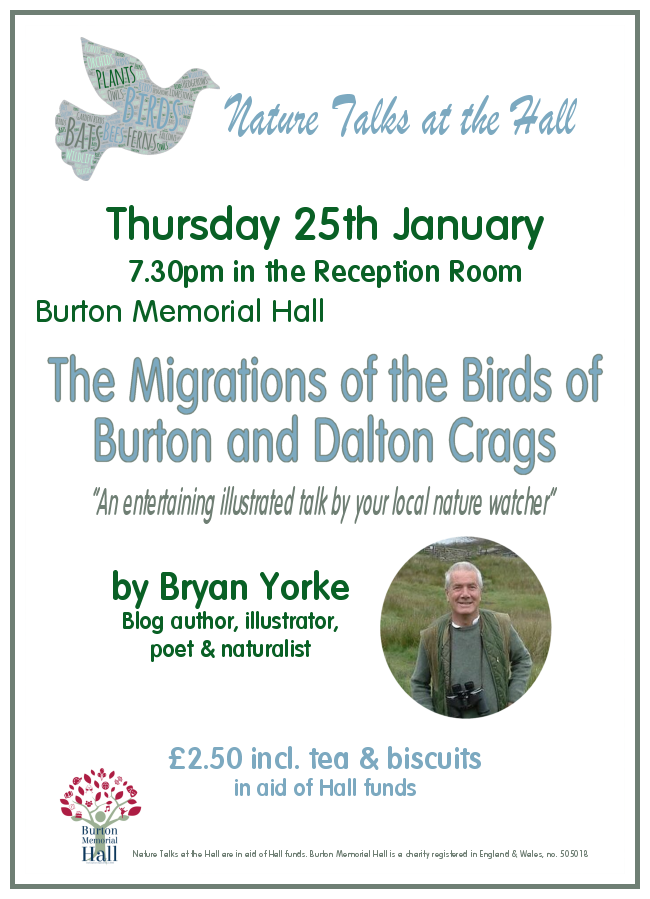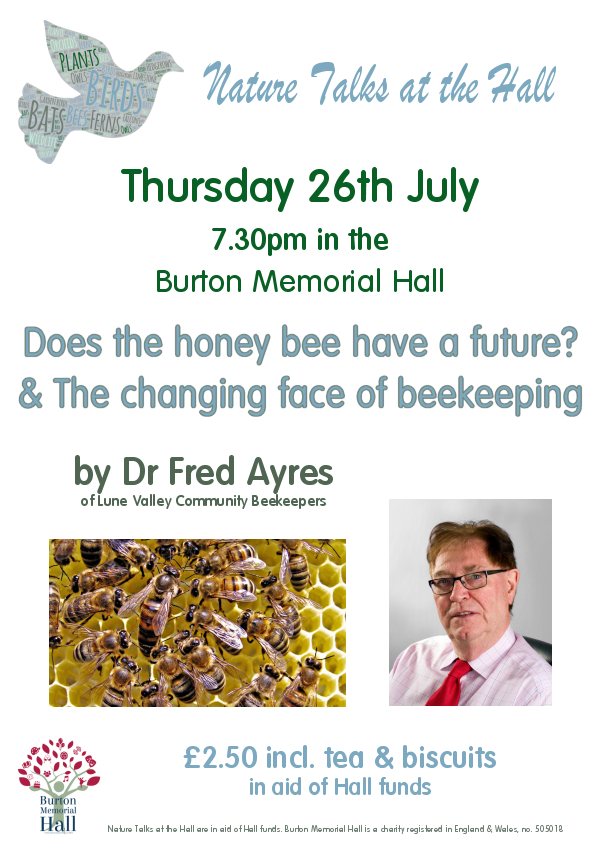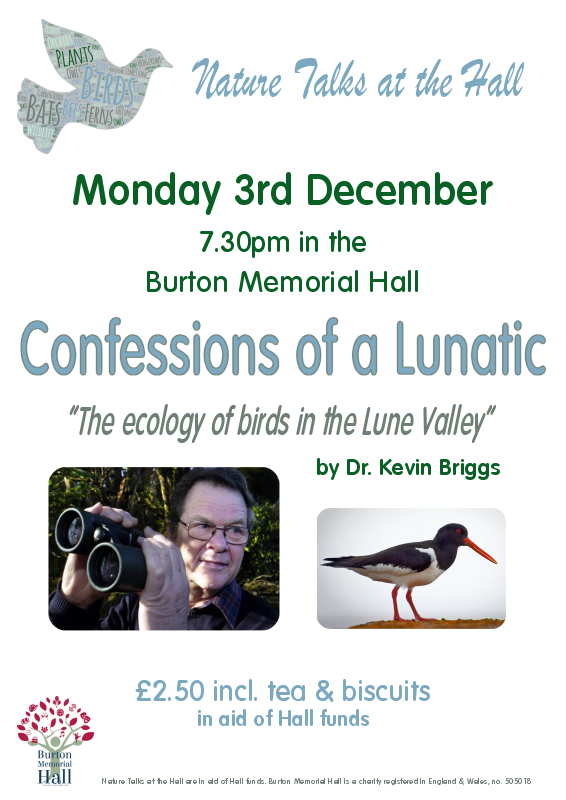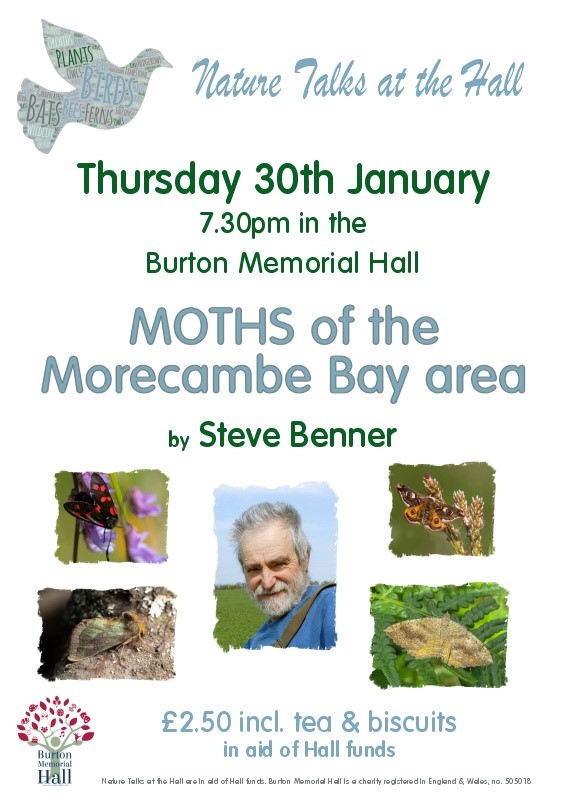



 Fancy finding some “Epipactis x. Schmalhausenii –
Fancy finding some “Epipactis x. Schmalhausenii –
Whats that?
It’s the hybrid of the Dark Red Helliborine Orchid and the Broad Leaved Helliborine Orchid.It is so rare in the UK and its only ever been found in Cumbria and guess which is the most likely spot in Cumbria. Right on my favourite countryside doorstep!! “The Hutton Roof Crags”.
So it all started, with me doing a survey on one of the pavements up on Hutton Roof. I had been counting (approximately that is) the Dark Red Helliborines (Epipactis Atrorubens). And for that matter anything else what was interesting like: Broad Leaved Helliborines, Pale St. Johns Wort, and its mega rare hybrid “perforatum montanum”. Also Limestone Polypody and also the spent evidence of old Angular Solomons Seal and Lily Of The Valley.
One of the Hutton Roof pavements started it all for me, “now what was this? It did in a way look like a Dark Red Helliborine, but for some reason it just was not right! I was scratching my head with this one.
The colour was reasonable for a Dark Red I suppose, because to start with most of the Dark Reds I do encounter up on Hutton Roof, are of a lightish reddish pinky colour, and most have a creamy edge line to the petals, and only a few are of that lovely deep red wine colour which you generally see in the many photographs showing Dark Red Helliborines.
Initially my attention was drawn to this particular plant in that it had what looked like at first a “bunched flower head” and that the individual flowers where seen to be actually going right round the stem to all points of the compass, which in itself was very unusual, on normal Dark Reds, the actual flowers would just be doing down two side by sides of the stem. They certainly would not be going all round the stem like these where.
There where even more striking differences as well. For example: The stalk on this plant was much stronger and taller than the normal Dark Red stalk, in fact I would go along and say it was probably three times thicker than the normal stalk for a DRH. The leaves seemed different to. They looked like a mixture of both the Dark Red and the Broad Leaved. Also another giveaway was the leaves tended to come up the stem more towards the flower leaves, whereby with the ordinary Dark Red they finish as a rule about a third way up and you have this long gap before the smaller flower leaves start. So this pointed out to the fact that it had taken on the Broad Leaved so much in the stalk and leaves.
But another striking feature in them early hours was the fact, the time of the year was exactly right for the flowering of the “Dark Red Helliborines” . But the time was certainly not right for the flowering of the Broad Leaved, which although present in good numbers on the site, would not be ready for actual flowering for yet another three weeks at least.
There where other differences to with the “epichile” features, where the normal classic atrorubens (Dark Reds “wrinkled bosses” were present on these specimens. So from this you knew you had the fundamentals of the Dark Red Helliborine, yet the petal colours, together with the stalk and leafage supplied evidence of hybridisation from the Broad Leaved Helliborine.
After many deliberations, debating the facts we had and also seeking advice by some of the Countries leading experts in this field, including Professor Richards, It was clearly confirmed by him and other specialist that what we had here was “Epipactis x. schmalhausenii.
On the same day of my find, I also found a further four more hybrids on this same pavement which where duly monitored and photographed.
Since that day (12th July 2012), I have been very fortunate to find another fourteen “hybrids” which have been on a further three pavements, which were at least one mile distant from the original site.
Checking out the original site a couple of days ago (20th July ish!) I could not find at first the original five “hybrids”, the deer had been in and munched the tops off and the parts which still remained further down the grykes, had actually gone over and dried up.
Also belatedly, I have learned that a previous study done about three years ago up on Hutton Roof, also produced some of these “hybrids” when at that time they were also confirmed by one of the Countries leading experts to be Epipactis x. schmalhausenii.
The bottom photo above shows just how close the Dark Red Helliborine flower is breeding right next to the Broad Leaved Helliborine (only two examples on HR of such close proximity) and what does not show on the photo is that the rare E.Schmalhausenii is situated about one metre below the above two species. So that within almost one metre square you have all the three species and hybrid. The schmalhausenii will flower at exactly the same time as the atrorubens and will have gone over by the time the helliborine flowers.


.jpg)
.jpg)




.jpg)




+(Small).jpg)
.JPG)




















